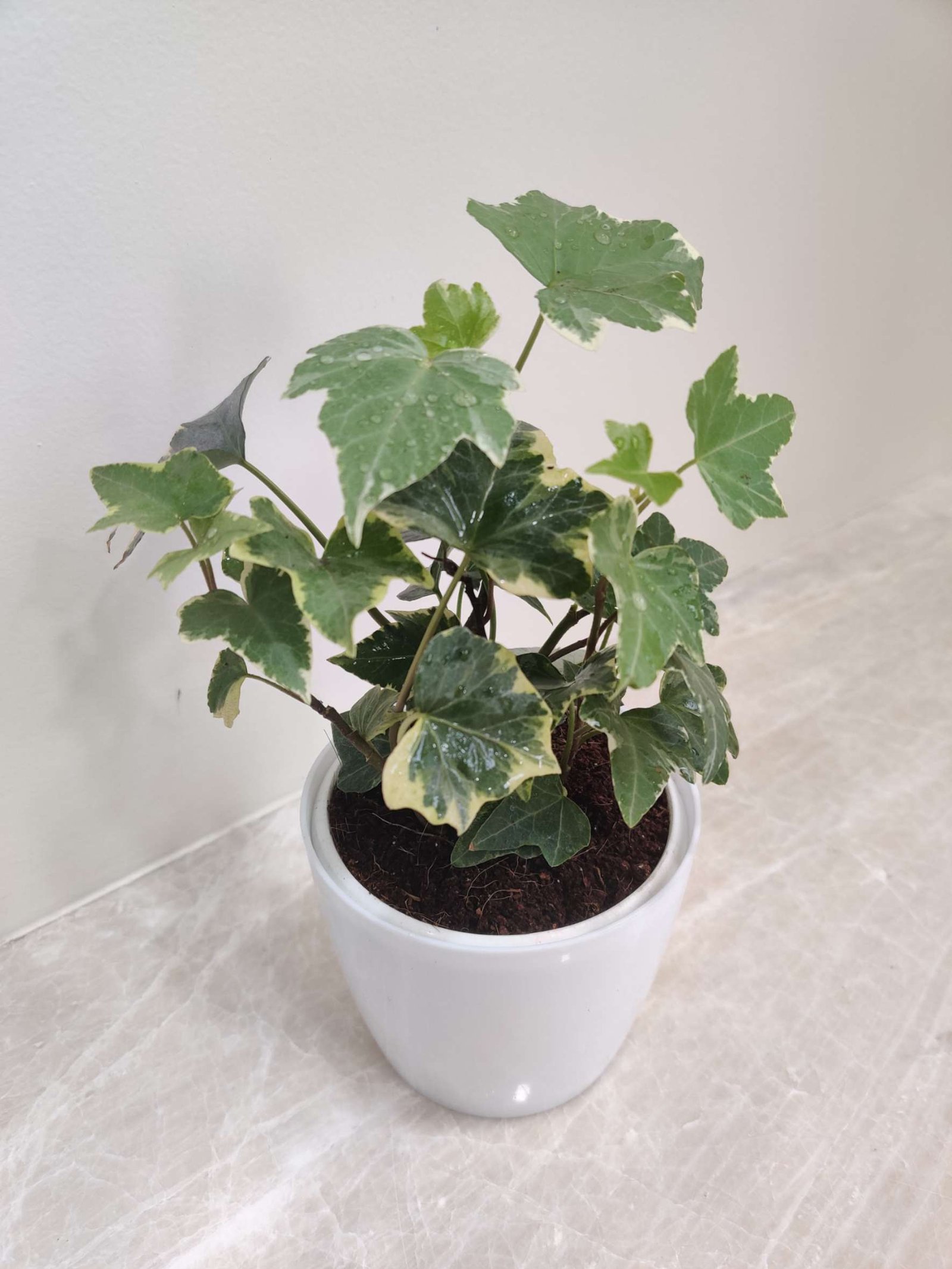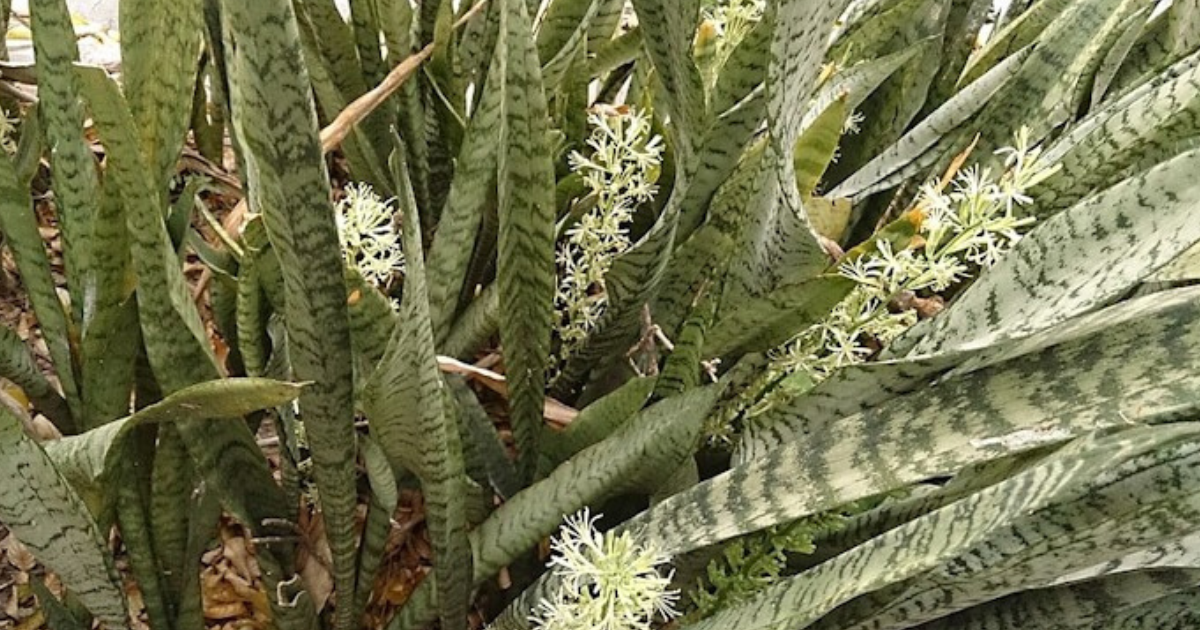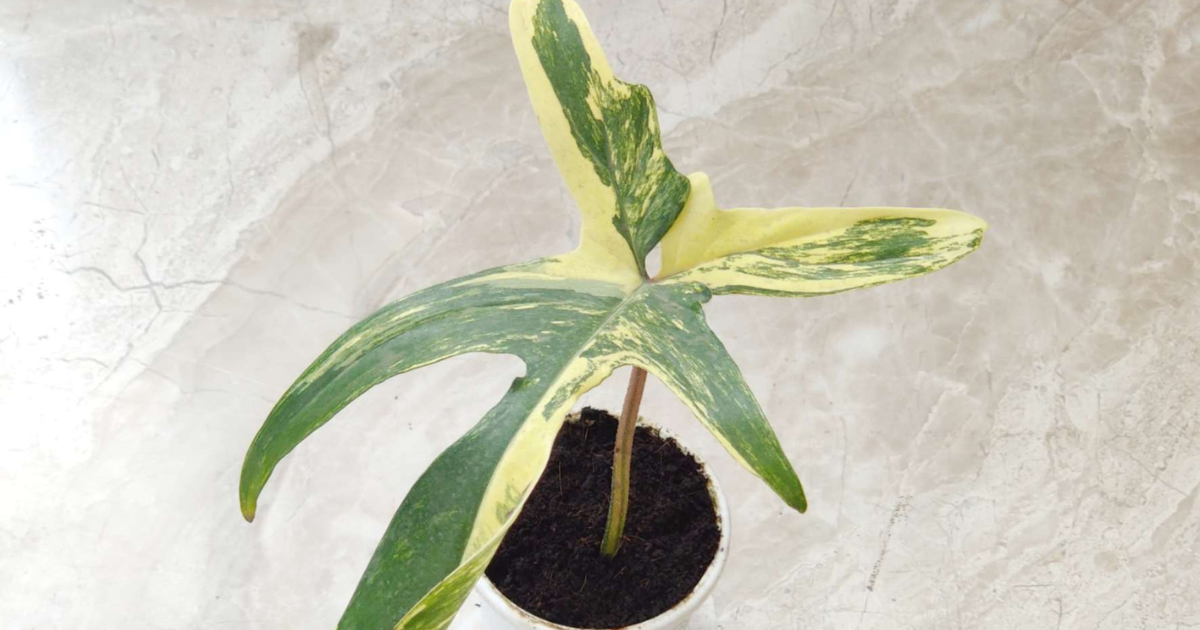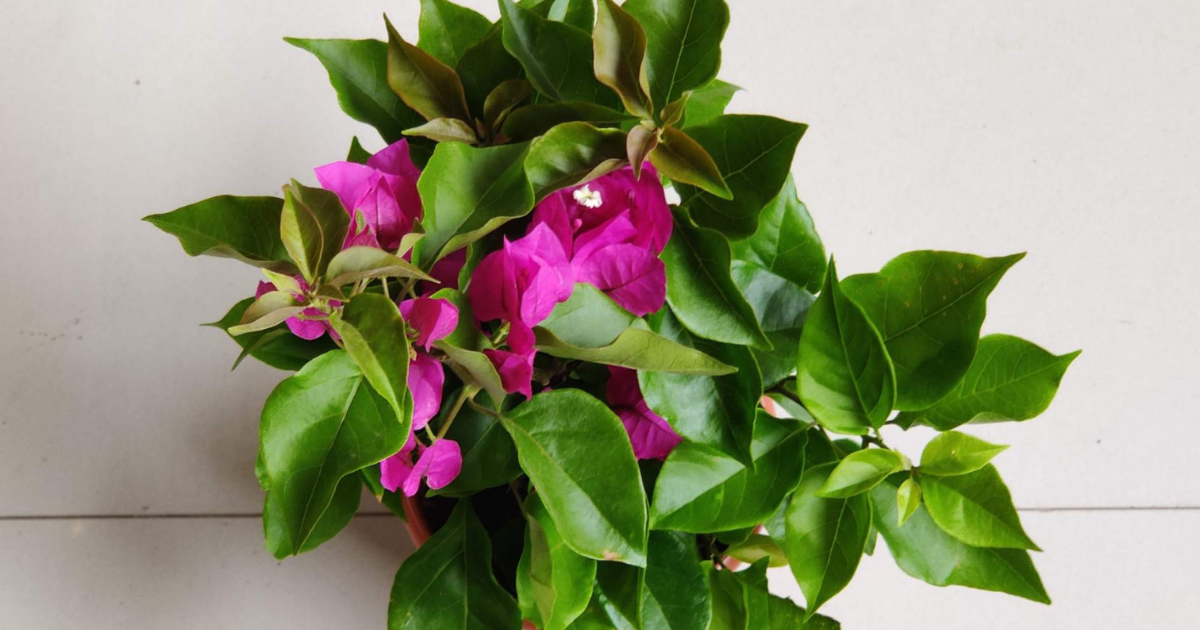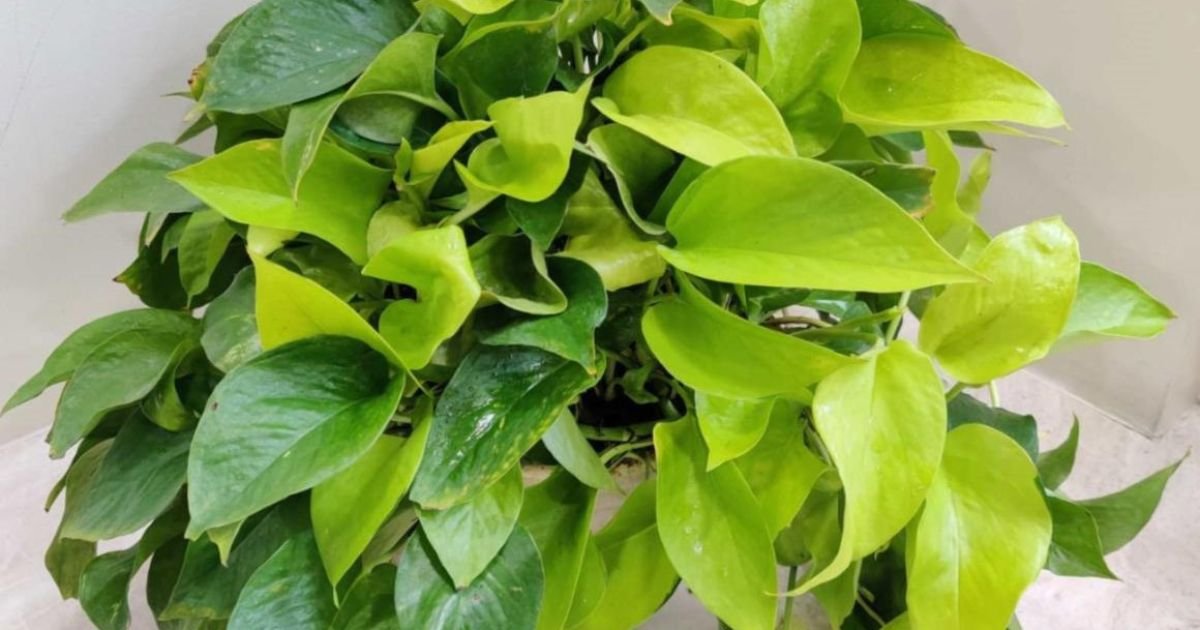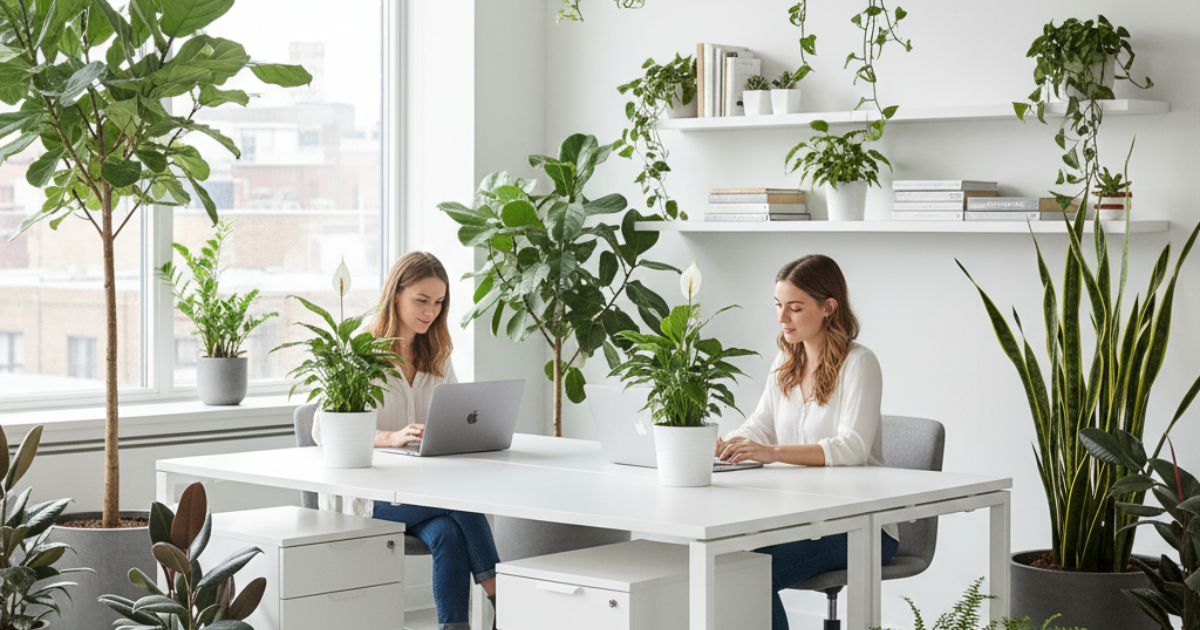English Ivy (Hedera helix) is one of the most iconic evergreen vines, instantly recognized for its trailing stems and lush, glossy foliage. From adorning old university walls to filling shady garden corners and cascading elegantly from indoor pots, this versatile plant has long been cherished for its timeless beauty and adaptability. Its ability to thrive both as a ground cover and as a climber makes it a favorite among gardeners and home décor enthusiasts alike.
Yet, behind its charm lies a complex personality. English Ivy is also known for its aggressive growth, which can quickly overwhelm trees, damage structures, and disrupt ecosystems when left unmanaged. This dual nature means that while the plant is admired for its elegance and low-maintenance appeal, it also requires responsible care and mindful management.
In this comprehensive guide, we’ll explore everything you need to know about growing and caring for English Ivy — from choosing the right conditions and mastering watering routines to tackling pests, pruning, and propagation. We’ll also highlight the ecological concerns, safety precautions, and non-invasive alternatives you can consider to enjoy the same beauty without the risks.
What is English Ivy?
English ivy is a perennial, evergreen vine belonging to the Araliaceae family. It is native to Europe, Scandinavia, and parts of Russia. Its climbing ability comes from aerial rootlets that allow it to attach to surfaces such as walls, fences, and trees, reaching up to 80 feet in height.
Key Characteristics:
Invasiveness: Considered invasive in many parts of North America
Botanical Name: Hedera helix
Common Names: English Ivy, Common Ivy, European Ivy
Plant Type: Evergreen perennial, woody vine
Growth Habit: Ground cover or climbing vine (up to 80 feet outdoors)
Native Range: Europe, Scandinavia, Russia
USDA Hardiness Zones: 4 to 9
Toxicity: Toxic to humans and pets — caution required
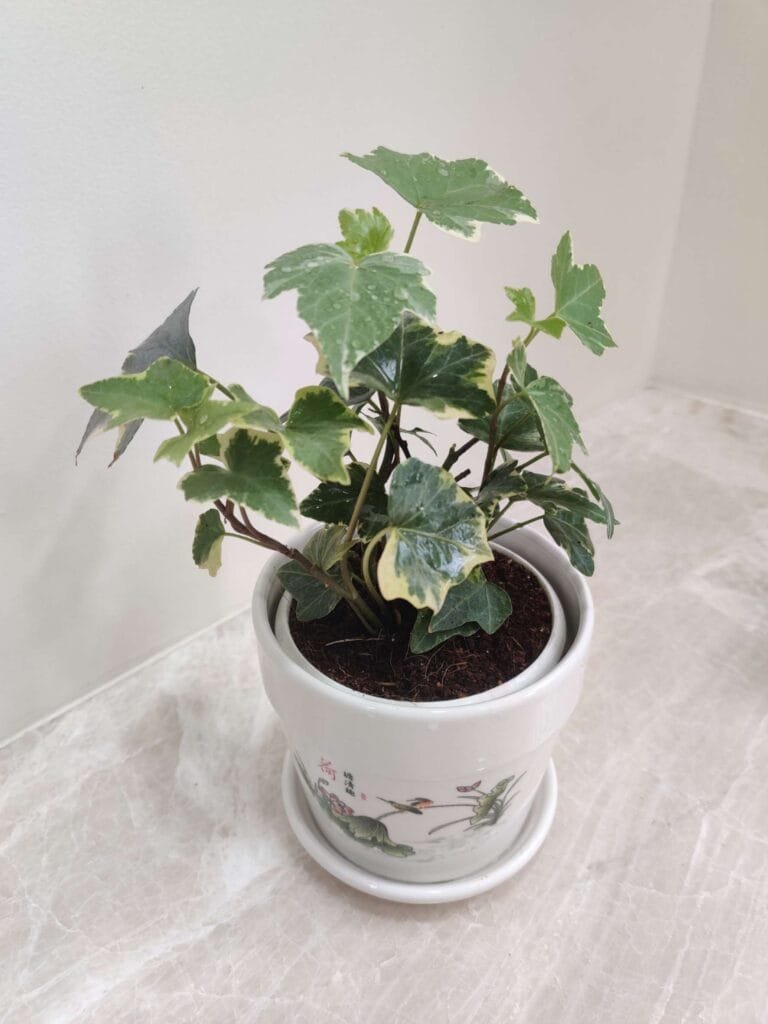
Why Grow English Ivy? Benefits and Popular Uses
Despite concerns about invasiveness, English Ivy remains a popular plant for several compelling reasons:
1. Evergreen Beauty Year-Round
English Ivy provides dense, glossy green foliage throughout the year, brightening landscapes and interiors even in winter months.
2. Versatile Ground Cover
Its ability to quickly spread across soil makes it ideal for suppressing weeds, covering bare patches, and filling in difficult, shady areas under trees.
3. Classic Climbing Vine
Using aerial rootlets, English Ivy climbs walls, fences, trellises, and even trees — creating dramatic green backdrops or living walls.
4. Air-Purifying Houseplant
Indoors, English Ivy is known to improve air quality by filtering common pollutants, making it a beneficial addition to homes and offices.
5. Historical and Aesthetic Charm
English Ivy has long been associated with elegant architecture, from “Ivy League” university facades to English gardens, lending spaces a timeless, romantic appeal.
English Ivy’s Dark Side: Invasiveness and Structural Risks
While its beauty is undeniable, English Ivy is a known invasive species in many regions, including:
- The Pacific Northwest
- California
- Southeastern U.S. states
- Parts of the Midwest
Ecological Impact:
- Smothers Native Vegetation: English Ivy forms dense mats that outcompete native plants, reducing biodiversity.
- Tree Damage: When allowed to climb trees, Ivy can:
- Block sunlight, halting photosynthesis
- Add extra weight, making branches prone to breakage
- Structural Deterioration: Ivy rootlets can penetrate cracks in walls, leading to moisture damage and structural decay.
Ideal Growing Conditions for English Ivy
Whether growing indoors or outdoors, providing the right environment is essential for healthy, manageable English Ivy.
1. Light Requirements
- Outdoor Ivy: Thrives in partial to full shade; ideal under trees or in shaded garden areas.
- Indoor Ivy: Prefers bright, indirect light. Avoid harsh midday sun, which can scorch leaves. Variegated varieties require brighter light to maintain color.
2. Soil Preferences
- Outdoor Soil: Well-draining loam is ideal. English Ivy tolerates various soil types but prefers slightly acidic to neutral pH (5.5 – 7.0).
- Indoor Potting Mix: Use a loose, well-draining mix with compost or perlite to retain moisture without becoming soggy.
3. Watering Needs
- Keep soil evenly moist, never waterlogged.
- Allow top inch of soil to dry out between waterings.
- Reduce watering in winter months.
- For indoor plants, avoid letting water sit in saucers.
4. Temperature & Humidity
- Optimal Temperature: 65°F to 85°F (18°C to 30°C)
- Tolerates brief dips to 10°F (-12°C) outdoors once established.
- Humidity: Prefers moderate to high humidity, especially indoors. Use pebble trays or mist plants regularly in dry environments.
5. Fertilization
- During active growth (spring and summer), feed every 2 weeks with balanced 20-20-20 fertilizer or organic 2-2-2 formula.
- Avoid fertilizing stressed or dormant plants in winter.
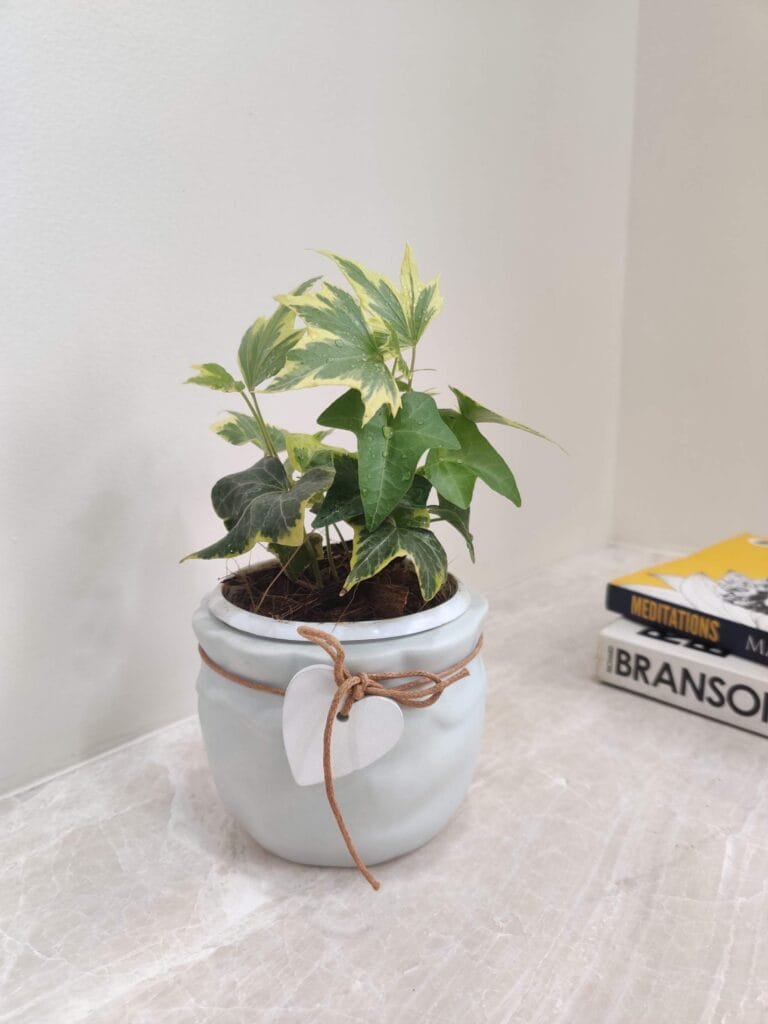
Pruning and Managing English Ivy Growth
Regular Maintenance:
- Prune Ivy annually in early spring to control size.
- Pinch growing tips to encourage bushier growth.
- Remove dead or diseased foliage promptly.
Removing Ivy from Trees:
- Do not rip vines off trees — this damages bark.
- Instead, cut each vine at ground level, severing its water source.
- Ivy above will wither over time.
- Repeat as new growth appears — complete removal often takes years.
Planting and Propagation Techniques
Planting English Ivy Outdoors
- Best planted in spring or fall.
- Choose a partially shaded location with well-draining soil.
- Dig a hole twice the width of the root ball, backfill with soil, and water thoroughly.
- Mulch around the base to retain moisture and suppress weeds.
Propagating English Ivy
Water Propagation (Indoors):
- Cut healthy stems 4-6 inches long.
- Remove lower leaves and place stems in water.
- Change water every few days.
- Transplant once roots are 2-3 inches long.
Soil Propagation (Outdoors or Indoors):
- Insert cuttings into moist, well-draining potting mix.
- Cover with plastic to maintain humidity.
- Keep soil evenly moist until rooted.
Natural Spread (Outdoors):
- Ivy spreads via runners that root where they touch soil.
- These rooted sections can be cut and transplanted.
Container Growing: The Safe and Stylish Option
Growing English Ivy in pots, hanging baskets, or containers prevents uncontrolled spread and offers design flexibility.
Container Tips:
- Choose pots with drainage holes.
- Use lightweight, well-draining potting mix.
- Repot annually (small plants) or every 2 years (larger plants) when roots crowd the container.
- Hanging baskets showcase Ivy’s cascading growth indoors or on patios.
Pests, Diseases, and Troubleshooting
Common Pests:
- Aphids: Small, soft-bodied insects; control with water spray or insecticidal soap.
- Spider Mites: Fine webbing and leaf speckling; increase humidity or use neem oil.
- Mealybugs: Cottony masses on leaves; dab with alcohol or apply soap spray.
- Scale Insects: Hard, shell-like bumps; remove manually with alcohol-soaked cotton.
Disease Concerns:
- Bacterial Leaf Spot: Dark spots on leaves; remove infected parts and improve air circulation.
- Root Rot: Caused by overwatering or poor drainage; treat by improving soil conditions and removing affected roots.
Prevention is key: Avoid overwatering, ensure good drainage, and maintain proper air circulation.
Seasonal Care Guide for English Ivy
| Season | Essential Care Tasks |
| Spring | Pruning, fertilizing, repotting, propagation |
| Summer | Regular watering, pest monitoring, light pruning |
| Fall | Reduce watering, monthly feeding, prepare for cold |
| Winter | Minimal watering, no fertilizing, indoor humidity care |
Toxicity and Safety Precautions
English Ivy contains compounds that are toxic to humans and pets if ingested. It can also cause skin irritation.
Safety Tips:
- Wear gloves when handling.
- Keep Ivy out of reach of children and pets.
- Wash hands after gardening.
- Seek medical help if ingestion occurs.
Using English Ivy in Landscaping and Home Decor
Outdoor Uses
- Ground Cover: Prevents erosion on slopes and suppresses weeds.
- Climbing Vine: Covers trellises, walls, and fences for a green backdrop.
- Garden Borders: Frames garden beds with its cascading foliage.
Indoor Uses
- Hanging Baskets: Creates beautiful trailing greenery indoors.
- Potted Ivy: Adds charm to shelves, windowsills, and office desks.
- Wall Climber: Ideal for creating vertical gardens indoors.
Transform your home & garden with English Ivy
Is English Ivy Right for You?
English Ivy’s lush foliage and versatility are appealing, but growing this plant comes with responsibility. If you live in an area where Ivy is considered invasive, opt for native alternatives. For indoor gardeners or those using containers, Ivy can be safely enjoyed with proper care.
Key Takeaways:
Ivy thrives in shaded areas with well-draining soil.
It requires moderate watering, regular pruning, and humidity indoors.
Unchecked, Ivy can damage trees, buildings, and ecosystems.
Container growing and responsible pruning prevent problems.
Native alternatives offer beauty without the risks.
Conclusion
English Ivy is both a captivating and controversial plant. When managed thoughtfully — in containers, as an indoor houseplant, or with strict outdoor control — it adds timeless greenery and charm. However, understanding its invasive potential, ecological impact, and toxicity is essential.
With responsible cultivation and care, English Ivy can be part of a beautiful garden or home environment, offering elegance, ground cover solutions, and a touch of nature’s resilience — all while respecting the health of your space and the broader ecosystem.
FAQs
1. What are the key characteristics of English ivy?
English ivy is a fast-growing, evergreen vine that climbs using aerial rootlets. It’s primarily grown for its foliage and can be invasive.
2. What are the ideal growing conditions?
It thrives in partial to full shade, prefers moist, well-drained soil, and grows best in temperatures between 70-90°F with medium to high humidity.
3. How should I water and fertilize it?
Water when the soil dries slightly, ensuring good drainage. Fertilize every two weeks in spring and summer with a balanced 20-20-20 fertilizer.
4. How do I prune and propagate English ivy?
Prune in spring to control growth. Propagate through stem cuttings in water before transferring to soil.
5. What are common pests and diseases?
Aphids, spider mites, and mealybugs are common pests. Leaf spot and root rot can occur; manage with neem oil, fungicides, and proper watering.
6. How can I control its invasiveness?
Cut vines at the base of trees and remove new growth persistently to deplete energy reserves. Check with local authorities before planting.
7. Is English ivy toxic?
Yes, it’s toxic to humans and pets. Keep it out of reach.
8. What are non-toxic alternatives?
Consider Virginia Creeper, Golden Ragwort, or American Wisteria as safe alternatives.

